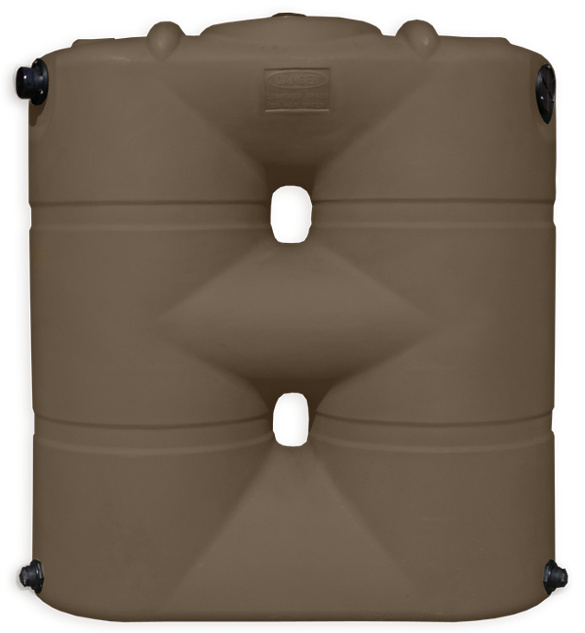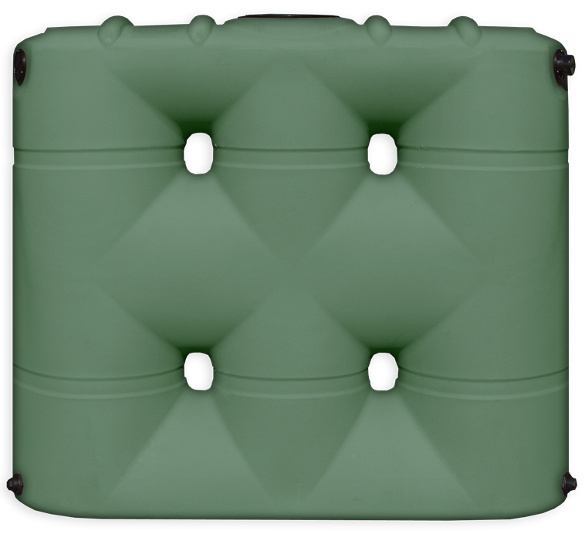Comprehending the Significance of Rain Storage Tanks in Drought-Prone Regions for Water Safety
In regions susceptible to long term droughts, the role of rain storage tanks in bolstering water protection is a subject of growing importance. As areas face the challenges of water scarcity, recognizing the relevance of these storage tanks goes beyond plain collection of rainwater. Rain storage tanks work as a crucial tool in mitigating the effect of water lacks by giving a sustainable resource of water for various demands. The real value of rain tanks extends much past mere storage space; it incorporates resilience-building steps and the promo of long-term water conservation methods. This complex approach to water security warrants a better assessment of the role rainwater storage tanks play in making sure a dependable supply of water throughout times of dry spell.
Advantages of Rain Containers
Making use of rain storage tanks offers a lasting option for enhancing water supply and enhancing water protection in household and business setups. One of the main benefits of rain containers is their capability to decrease reliance on mains water supply.

Rainwater Harvesting Methods
Rain gathering strategies encompass an array of techniques developed to efficiently accumulate and keep rain for different purposes, adding to water preservation and sustainability. Another preferred method is the usage of above-ground or below ground storage containers to keep rain for later usage.

Moreover, rain yards and absorptive pavements are cutting-edge methods that entail landscaping or paving surface areas in such a way that allows rainwater to percolate right into the ground, restoring groundwater reserves. Furthermore, shape farming and terracing are farming practices that assist record rain and prevent soil disintegration in sloping surface. By executing these diverse rain harvesting strategies, communities can improve water protection and resilience in drought-prone regions while promoting sustainable water administration techniques.
Importance of Water Safety And Security
Making sure reliable access to clean and adequate water resources is vital for maintaining human wellness, financial growth, and ecological well-being. Water safety and security is an important facet of original site societal resilience, particularly in regions vulnerable to droughts and water shortage. Appropriate water protection incorporates numerous dimensions, including availability, quality, and accessibility of water for domestic, agricultural, industrial, and environmental needs.
Water security plays an important function in advertising public health and wellness by minimizing the occurrence of waterborne illness and guaranteeing cleanliness facilities. Financially, water security is essential for farming performance, industrial operations, and total financial growth. Slimline water tanks. Furthermore, water safety is carefully linked to environmental sustainability, as it sustains communities, biodiversity, and overall ecological equilibrium.
In drought-prone regions, water security comes to be much more essential because of the heightened threat of water lacks. Implementing methods like rainwater harvesting, water recycling, and reliable water management techniques can substantially enhance water safety in these areas. By prioritizing water security, neighborhoods can better stand up to the impacts of climate adjustment, population development, and other obstacles that threaten water schedule.
Enhancing Water Resilience
With raising global water difficulties, building durability in water supply has come to be a vital emphasis for lasting development efforts. Enhancing water strength involves carrying out methods to ensure water accessibility and high quality despite transforming environmental conditions, such as droughts, floods, and contamination.
One trick facet of boosting water resilience is promoting the use of rainwater storage tanks in drought-prone areas - Slimline water tanks. Rain containers act as a reliable methods of capturing and storing rainwater for later use, decreasing reliance on scarce freshwater sources during dry periods. By incorporating rainwater harvesting systems into water management plans, communities can enhance their ability to endure water shortage and maintain water safety and security

Sustainable Water Conservation
Among rising water challenges, the prudent administration of water sources via sustainable conservation methods is essential for guaranteeing long-lasting ecological security and social well-being. Sustainable water conservation involves the reliable use water resources to satisfy existing demands without endangering the ability of future generations to meet their own requirements. By executing methods more information such as rainwater harvesting, greywater recycling, and water-efficient innovations, neighborhoods can minimize water wastefulness and ease stress on freshwater resources.
Moreover, lasting water preservation methods contribute to ecosystem health and wellness by preserving sufficient water levels in rivers, lakes, and wetlands, supporting biodiversity, and maintaining all-natural environments. These methods likewise play a vital function in alleviating the effects of climate change by helping to adjust to transforming rainfall patterns and water accessibility.

Conclusion
In final thought, rain storage tanks play a crucial function in boosting water security and durability in drought-prone areas. By utilizing rainwater harvesting strategies, neighborhoods can lower their reliance on conventional water visit this web-site resources and promote sustainable water conservation techniques. This not only assists minimize the impacts of water shortage throughout droughts but likewise adds to long-term water safety and security and strength despite climate change obstacles.